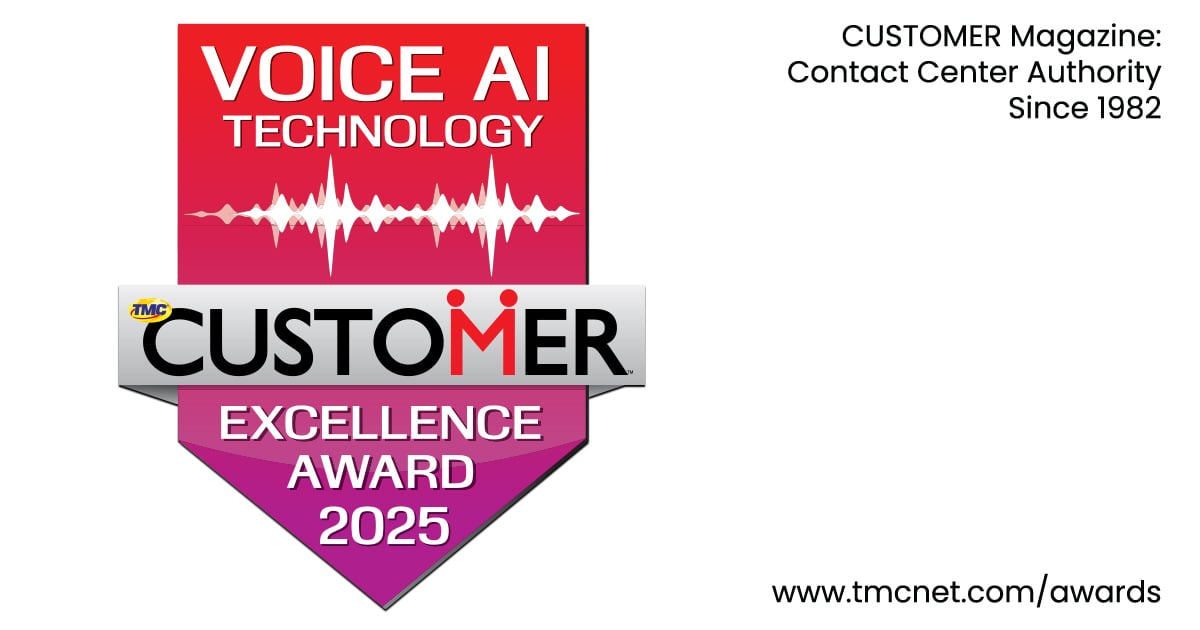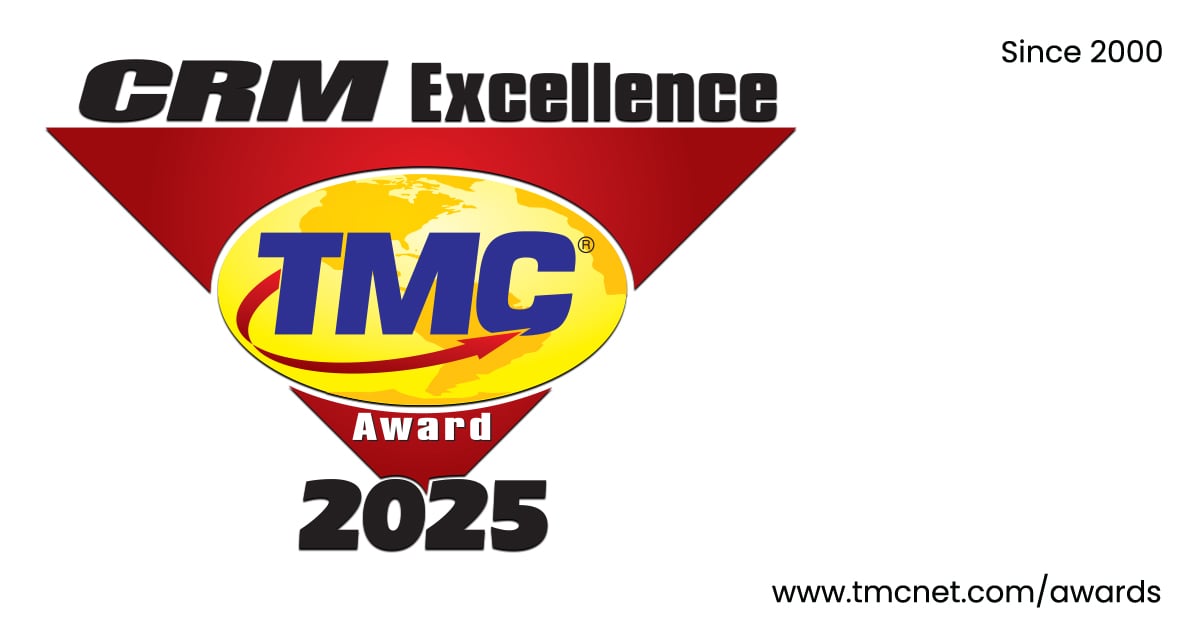If your business operates its own help desk, you likely already realize how time-consuming ticket management can be. Whether your help desk staff work on site or at a remote location, you need people in place to take calls. Those employees must be able to cover all the hours your employees are likely to need help, sometimes covering shifts as early as seven a.m. and as late as six at night.
Maintaining multiple full-time employees to take calls and type information into your ticketing system can be time-consuming. Today’s help desks often accept requests through multiple methods, combining phone calls, email, and web-based requests, with customer-facing help desks accepting tickets through live chat and social media. Many of these methods can be set up to deploy directly to technicians’ inboxes, to prevent employees from checking multiple pieces of software.
Email Integration
Through coordinating the right technology tools, help desks can set their systems up to automatically populate their ticketing systems with the information their customers enter into those emails. The business chooses an existing email application that integrates with their chosen help desk ticketing application and has integration set up. Once email has been sent to a designated email address, the information automatically populates the fields of the customer’s ticketing software, where it can be routed according to the settings the customer has set up.
Benefits of Email Integration
Perhaps the biggest benefit of integrating your business’s help desk email is that an intermediary isn’t required to get the information from the email message to the software. Without this integration, employees must sit at a desk all day, copying and pasting information from email requests into help desk software. At the same time, those technicians may be dealing with customers calling for support by phone and social media, if businesses respond to tickets that way. Businesses pay employees for this duplicate entry, which can be prone to error and incorrect routing as workers rush to get tickets into the system on time.
Managing Your Teams
When businesses can automate as much of the ticketing process as possible using today’s tech tools, they also benefit from being able to reduce their staffs. This doesn’t necessarily mean layoffs. In many instances, businesses can shift those employees to helping out technicians, allowing them to reduce workload and speed up response times. A person who once answered phones, for instance, could handle basic requests for help such as password resets and software updates through remote desktop software while also training to resolve more complex support requests.
Managing Your Users
On-site help desk workers spend their days trying to get employees to use the help desk system rather than calling them personally, stopping them in the hallway, or tracking them down while they’re working on another ticket. One of the best ways to encourage workers to email their technical support issues is to make sure that each email gets a rapid response, especially if it’s an emergency. When an intermediary is required to copy the email content to a ticketing system, there can sometimes be a delay, with email messages delayed or lost as technicians try to handle multiple emails coming in at once. When emails are automatically directed into the system and assigned according to rules, appropriate employees are notified within minutes of an issue being reported, speeding up response times. While on-site help desks will never be completely free of those pesky direct calls, both on-site and remote help desks will be able to provide significantly better customer service when they have automation in place.
Send Follow-Up Surveys
Surveys are an important part of improving the service you provide to your customers. By asking for feedback after your team has provided support, you can quickly identify problem areas and determine where some more intensive training might be necessary. Tools like GetResponse not only integrate with help desk software to import contact information, but they also can deploy a user satisfaction survey once the help is complete. Once enough information has been collected, you can pull reports that will clearly demonstrate trends over specific weeks, months, or the entire year.
As technology advances, help desk management is becoming more precise and simple through automation. When a business’s employees can focus on providing great user support instead of basic administrative tasks, both help desk workers and end users can be more productive.
Edited by
Stefania Viscusi





